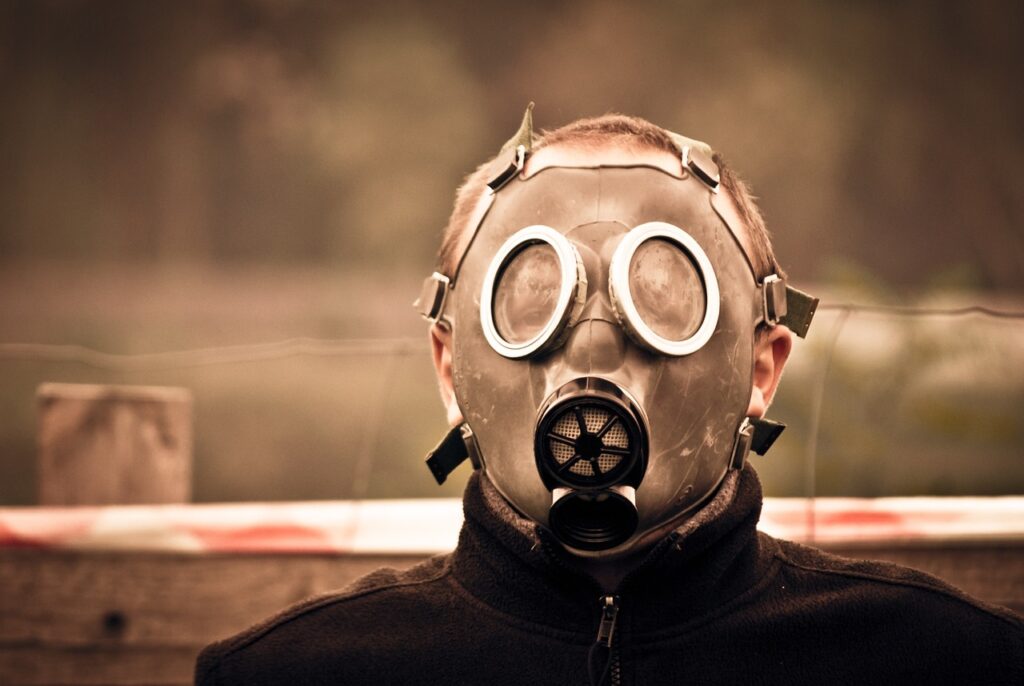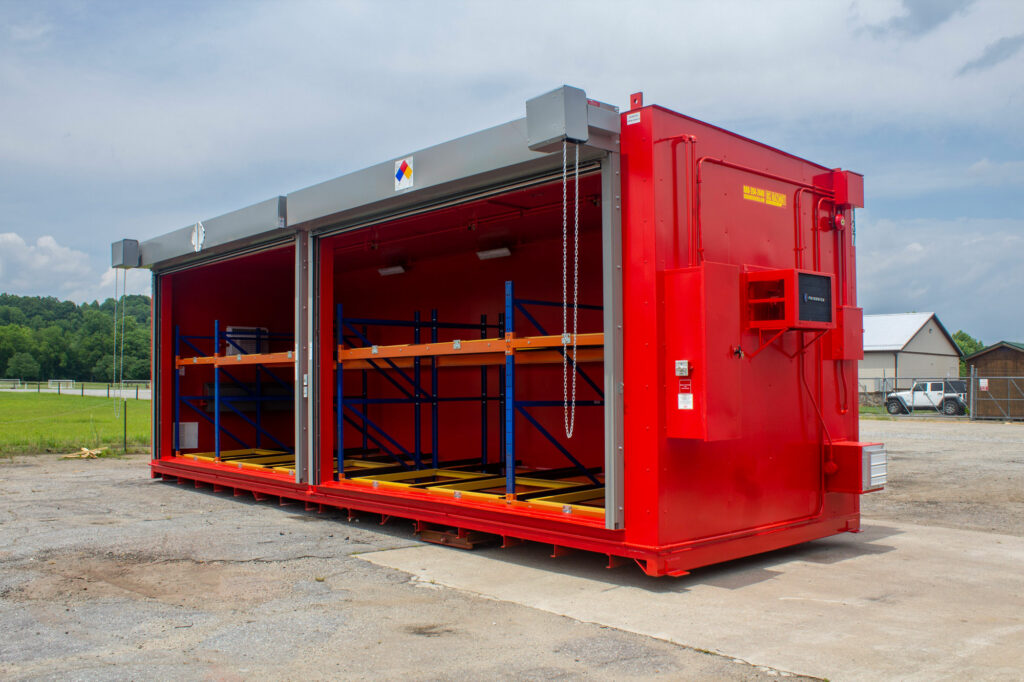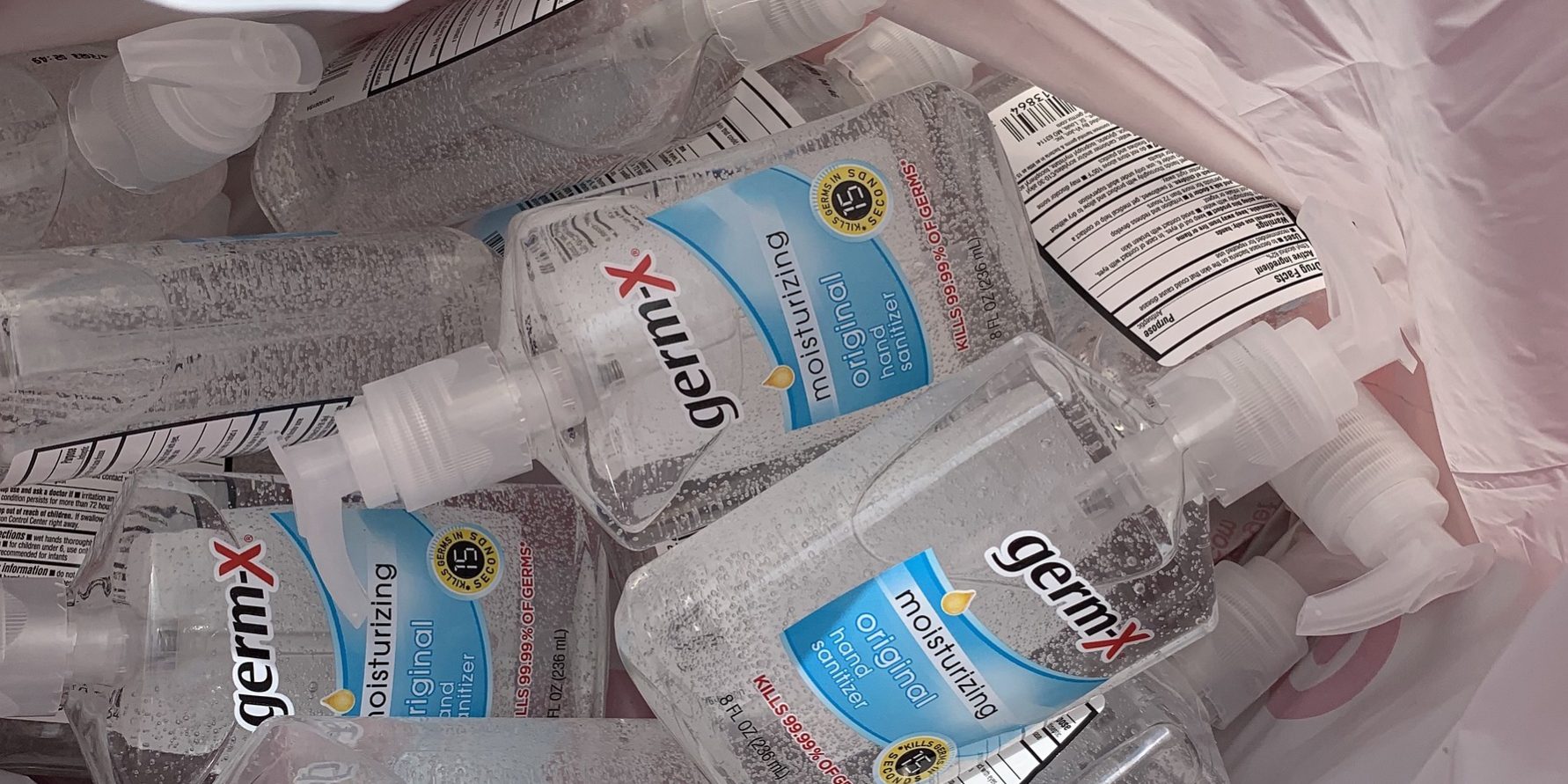A disaster within a disaster is always the greatest threat to ongoing chaos. Prevailing vulnerability and panic can only make a dire situation worse, despite the best of intentions. In the throes of responding to a national emergency, government officials will sometimes lift longstanding safeguards and vanquish norms to reduce a sense of calm over a frantic population. That’s what happened during the early stages of the 2020 covid pandemic when the USDA relaxed health regulations for the production of hand sanitizer. Before vaccines and rampant masking, hand sanitizer was our only defense against a quickly spreading disease. In a rush to meet demand, dozens of greedy corporations looking to make a quick buck exposed thousands of people to toxic batches of hand sanitizer, launching an entirely new health epidemic. Today, we are faced with a new threat: incompliant hand sanitizer storage.
Thank You For the Venom

The early days of the pandemic brought out the darker side of humanity. Opportunistic scammers began hoarding large quantities of hand sanitizer before jacking up the prices by 400%, completely take advantage of our most vulnerable citizens who would be the first to perish from the languishing disease. Hoping to shore up demand, the USDA paused a requirement that manufacturers had to use a pharmaceutical-grade ethanol based for the production of hand sanitizer. Overnight, capitalism did it’s thing and hundreds of corporations that had no business getting into the health and safety industry, let alone general cosmetics, began bottling up the liquid gold to sell to the eager masses. Everyone from vodka distilleries to manufacturers of CBD oils and even drilling oils became instant hand sanitizer manufacturers.
When the Cure is Worse Than The Cause

With restrictions lifted, wannabe health and safety companies became the snake oil salesman of their day. Claiming to be “vegan based” while championing other dubious health benefits, the shady hand sanitizer cartel began racking up millions of dollars in sales while preying on the fears of the isolated masses. At first, the lax government restrictions ameliorated public anxieties about the spread of the disease. The public now had a liquid shield against the invisible threat. That was until the inadvertent poisons began to surface. Within a few weeks, the FDA began to receive thousands of complaints of people reporting nausea and vomiting after being exposed to bogus supplies of hastily manufactured sanitizer. Upon closer inspection it had been determined that methanol, not ethanol, had been used as the primary ingredient by the new hand sanitizer manufacturers. Similar cases of toxicity were found in hand sanitizers that reportedly contained benzene. In a rush to meet the surge in the demand, money-hungry corporations had foregone human decency in manufacturing hand sanitizer that was poisoning the general public.
The Explosiveness of Improper Hand Sanitizer Storage
The culmination of relaxed government oversight in the production and storage of hand sanitizer came to an explosive intersection in September the following year. Towering stacks of highly toxic and flammable counterfeit hand sanitizer erupted into an eviscerating fireball at a production facility, with already questionable industry creds, in the suburbs of Carson, Calif. To maximize profits and to keep the production line running, the cosmetic company manufacturing the sanitizer began to stock outgoing orders in the parking lot of the plant, exposing the flammable material to direct sunlight in sweltering temperatures. Eventually, simple chemistry won out and a giant plume of chemical smoke soon filled the airways and saturated waterways as people began to complain of breathing problems and nausea. It was a public health disaster that is likely to have repercussions for generations to come.
Invest in Fire-Rated Compliant Hand Sanitizer Storage

Aside from the questionable composition of the hand sanitizer, company officials should’ve stored the excess supplies in a climate controlled warehouse. This would’ve allowed for greater access and inventorying of the hand sanitizer, as well as kept it from reaching critical mass and unleashing toxins on the entire city. Ignoring the company’s other perplexing origins, we can understand not wanting to invest in the construction of additional warehouse space, especially for a temporary flux in manufacturing as demand would one day dwindle as the pandemic receded. With this being said, the company should’ve invested in a temporary storage solution from U.S. Hazmat Rentals. Our four-hour fire rated chemical storage lockers would’ve provided the necessary space and setback to store the surplus supplies until they could’ve been safely shipped. Armed with the latest in climate control and mechanical ventilation, our storage lockers are comprised of solid steel welds to hold various classifications of flammable material, so you can meet temporary surges in demand without slowing down the production line.






